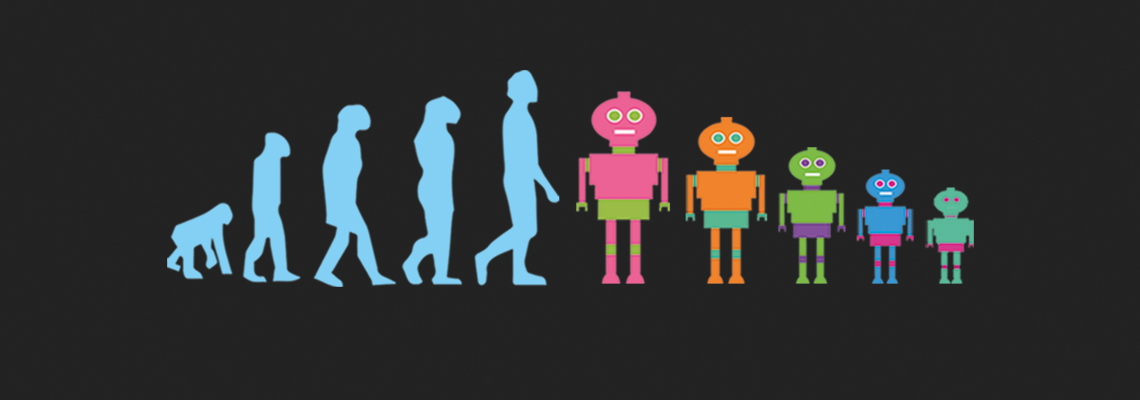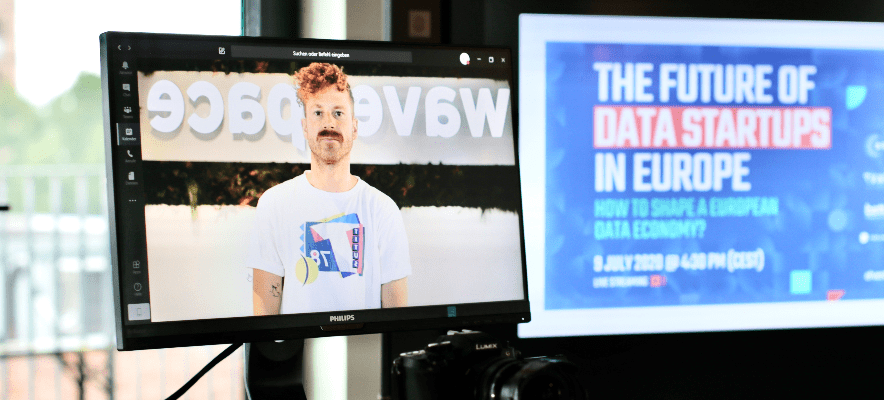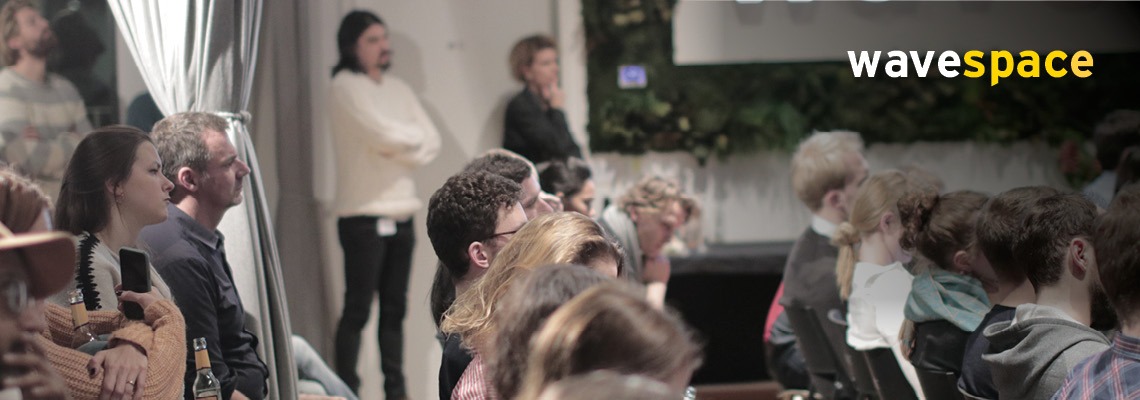200,000 years of human history – a parforce ride of evolution
31. December 2017
With the series “Innovation – A Human Perspective” we want to take a look at what digital development actually means for people. We want to ask the question of meaning and dare to take a look into the glass sphere. Where do we come from, where are we going? We start at the very beginning.
“The greatest success story of our time is not a Silicon Valley start-up, but man and his cultural development.”
Today’s world, whether professional or private, is increasingly accelerating, driven by an ever-increasing pulse. New technologies, worldwide networking, companies that are constantly looking for the next big thing. Can man keep pace at this speed at all? Are we becoming driven by our own amazing development?
What often fades into the background is that the acceleration of our lives did not come about through digitization. The entire human evolution is exponential. So let’s take a step back and look at the “big picture” – to stay in digital speech. A short journey back in time.
The human USP: Gossip
The history of mankind begins about 200,000 years ago in Africa today. Since this long period of time is difficult to grasp from then until today, we simply transfer the history of mankind to one year: Twelve months, 365 days. This is a period that everyone understands immediately.
It is January 1st, the birth of Homo sapiens. At this time there are other “ideas” of the homo species. Besides Home erectus, and Homo neanderthalensis we are in the race as Homo sapiens.
The first 8 months there’s not much going on. With simple stone tools, people are handling everyday life. It is not until the end of August (70,000 years ago) that the language of Homo sapiens evolves in such an effective way that one speaks of the cognitive revolution: Words create visions, are the foundation for social exchange and our further development. The ability to hold groups together by language makes it possible for Homo sapiens to assert itself increasingly against the other homo species.
In October (40,000 years ago) he discovers the Eurasian continent and our present day Europe. After more than 11 months (185,000 years in real time) of development at the beginning of December, about 10.5 million people live almost unchanged in the Stone Age under the simplest conditions as hunters and gatherers. From the perspective of today’s modern, western lifestyle, this is unimaginably far away.
First milestones: agriculture, tools and water wheel
It is not until mid-December (10,000 years ago, i. e. around 13 December) that mankind begins to discover the advantages of settled habitat and thus also the cultivation of cereals and livestock farming. The agricultural revolution. Shortly before Christmas, on December 22nd at 7:15 am, there is another important milestone: the first bronze tool. Man has learned to process metals. Thus, the Stone Age, which from today’s point of view makes up about 97 percent of the human lifetimes, has come to an end.
And things are moving faster and faster. It only takes 4 days (approx. 2,200 years) until humans wake up in the Iron Age at 5 am on December 26th. And another 1.5 days (approx. 850 years) later, the world’s first water wheel is built. This is a significant advance that, for the first time, makes it possible for people and animals not to be tormented, but rather for work to be done by external energy. In almost two weeks mankind has undergone a rapid change: from nomadic everyday life as a hunter and gatherer to the first cities with iron tools and water wheels and a global population of about 100 to 150 million.
Nevertheless, life is still simple, life expectancy, mainly due to a high infant mortality rate, is less than 30 years and the average person does not generally move more than a few kilometres away from his or her place of birth. So when does “real” progress take place?
New Year’s Eve: The Industrial Revolution and the Internet
The New Year’s Eve day begins and about 4 days after the invention of the water wheel there is the first bang at 10:37 o’ clock in the morning: The steam engine is invented. 5 hours later, it starts to pop again: Electricity as we know it today becomes part of our everyday life. This laid the foundations for the industrial revolution. Within just a few hours, people evolve from farmers to assembly line workers. At 6:15 pm, the car becomes the most popular means of transport and makes it possible to transport goods and people quickly and easily over long distances.
This creates a lifestyle that is already very similar to today’s lifestyle. Nevertheless, the technological difference to our lives today is enormous. The Internet is launched on New Year’s Eve at 10 pm. At 11:34 pm (in 2007), just a few minutes before midnight, the latest technology bang follows: The iPhone is introduced. It is not the first smartphone, but it is the smartphone that, thanks to its touch screen operability, is serving a mass market for the first time.
0:00 a. m.: Now mankind has arrived in the modern age – today – and populates the earth with more than 7 billion people.
But what happens next, with digitization and technological progress, and of course the driving force behind this development, mankind? Today we can only guess, predict or simply guess many things. Nevertheless, we dare to take a look into the glass sphere, in part 2 of our series “Innovation – a human perspective”. Coming soon, stay tuned!
And until then: Happy New Year 2018!





* Required field